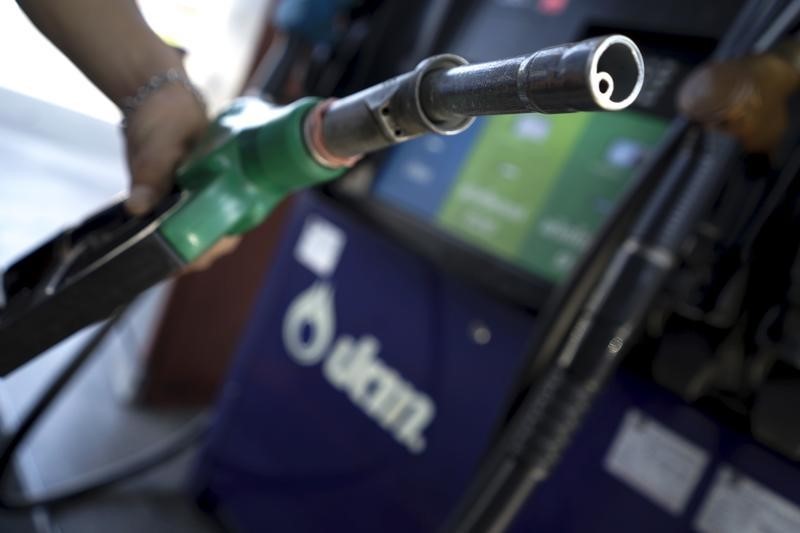By Barani Krishnan
Investing.com - Oil prices pulled back for a second day from mid-June lows on optimism that U.S. lawmakers will embark on an economic stimulus positive for financial markets after a historic presidential election on Tuesday.
New York-traded West Texas Intermediate, the leading indicator for U.S. crude prices, settled up 85 cents, or 2.3%, at $37.66 per barrel. On Thursday, WTI hit $34.93 per barrel, sinking below $35 the first time since mid-June.
London-traded Brent, the global benchmark for oil, finished the session up 74 cents, or 1.9%, at $39.71 per barrel.
Republican Donald Trump is seeking a second term in the White House while Democrat Joe Biden hopes to become the 46th president of the United States in an election that has seen record turnout despite the coronavirus pandemic that has infected nine million Americans and killed more than 230,000 of them.
A record 100 million Americans had already voted early by Tuesday, accounting for more than two thirds of the total from the 2016 election. Key results are expected to be known from 9 PM ET (0100GMT Wednesday).
One other reason for oil’s pullback from mid-June lows: expectation that whoever wins the election will try and push forth an urgently needed financial relief package for the Covid-19.
For context, Democrats, who control Congress, reached agreement in March with the Trump administration and Senate Republicans to pass the Coronavirus Aid, Relief and Economic Security (CARES) stimulus. That package dispensed roughly $3 trillion as paycheck protection for workers, loans and grants for businesses and other personal aid for qualifying citizens and residents.
Since then, the two sides have been locked in a stalemate on a successive relief plan to CARES. The dispute has basically been over the size of the next stimulus as thousands of Americans, particularly those in the airlines sector, risked losing their jobs without further aid.
This rebound in oil was also helped by remarks from Algeria, which called on OPEC+ to stick for another few months to output cuts enforced since May.
OPEC+ is made up of 13 members of the Saudi-led Organization of the Organization of the Petroleum Exporting Countries and 10 oil producing allies steered by Russia. Since May, the alliance has succeeded in keeping crude prices above or near $40 per barrel with production cuts that rescued a market forced to negative pricing by the Covid-19 pandemic.
With crude prices appearing on the mend just weeks earlier, OPEC+ had been hoping to roll back some of its production cuts before the end of this year or the beginning of 2021.
But as Algeria now suggests, OPEC+ cuts have to continue and may even have to get bigger to make up for lost demand.
OPEC+ woes have also been made bigger by Libya, one of its more important members, The North African country had not been able to export any oil earlier this year due to a civil war, and has turned its spigots on, pumping some 525,000 barrels per day. Analysts say Libya’s output could reach 1 million bpd by early next year.
“The recent meltdown in energy markets has been supply-driven, and only catalyzed by the lockdowns,” TD Securities said in a note.
“While deteriorating demand expectations have also contributed to the decline, the OPEC+ nations' reactive approach and the resurgence in Libyan supply have been the drivers behind the selloff. Our view (is) that OPEC+ may hold the right key to support markets.”
